Growing up in inner-city Toronto, Michael Suan developed a grit to make things happen and a passion for both film and karate. He combined all of these in his latest film, The Pride. We caught up with Michael to talk about the vision and process behind the movie, which he just so happened to cut on a Lenovo ThinkStation.
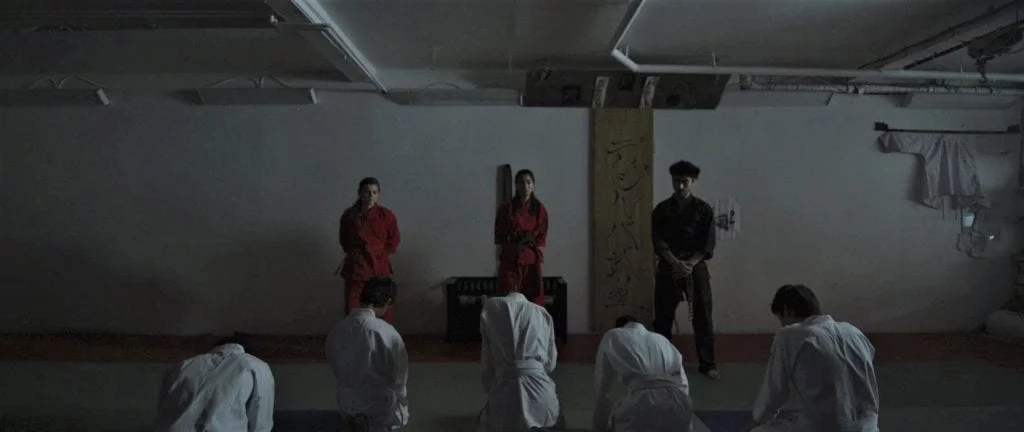
Tell us about the film and your inspiration.
“The Pride” is a Toronto-based film of modern inner-city kids and their adult counterparts who struggle to find their sense of worth and their place in society. Their lives become interlinked through a karate outreach program taught by a young karate sensei.
I have always aspired to create a film focused on inner city kids. Having grown up as an inner-city kid myself, I have experienced and seen what happens in the projects. I am also passionate about “coming of age” films that deal with adolescence and highlight the moment when they grow up in life. Not to mention, I grew up practicing martial arts, so when I heard the concept, I thought to myself, “If I could do one film in my career that is a throwback or a tribute, this is it.”
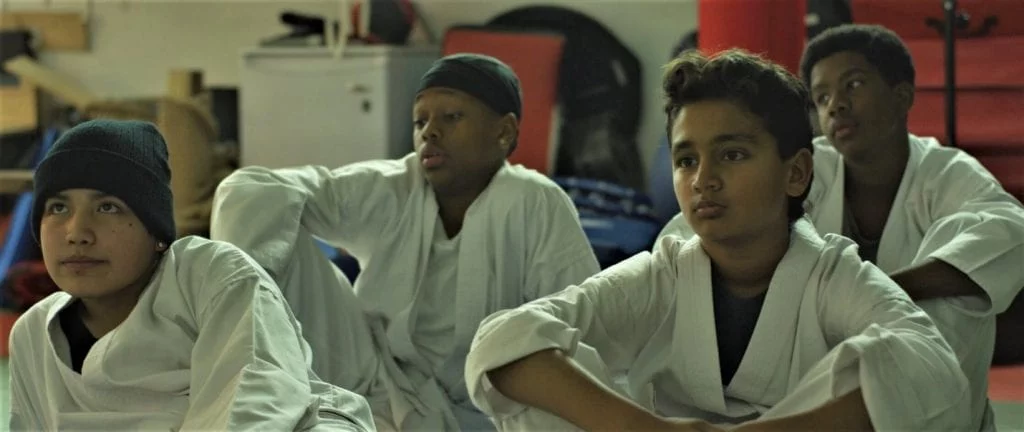
This may be tricky, but can you sum up the film in one word?
Pride. Pride being one word but with two meanings:
1. A sense of respect and a sense of self-worth.
2. A group that comes together to better each other.
Throughout the film, you see various segments of society, but as the story progresses you realize the different backgrounds connect by one factor: pride. Given we live in a society that sometimes divides, this film connects those dots and unifies the different segments.
How did casting and working with inner-city kids play out?
The majority of kids in this film are not actors; they are from inner-city neighborhoods. We visited several community centers in Toronto and invited kids with no acting experience to come in for auditions. Once we selected the cast, the kids spent a couple months together prior to shooting. We wanted to develop some chemistry and for them to actually become friends. Doing this brought an unmatched level of authenticity to the film.
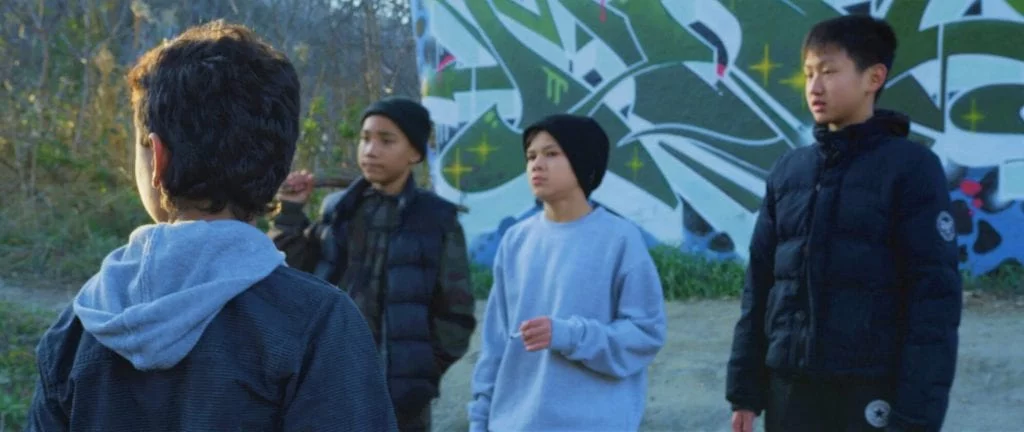
What are some of the memorable or challenging moments you experienced in creating the film?
I would say the real-life bond between the female protagonist and the kids, especially in the last scene of the film when she gives a genuine, heart-filled speech explaining how life is and how difficult it can be. By the time we shot this scene, she already grew with the kids and developed a strong connection in real life. Her words did not feel scripted.
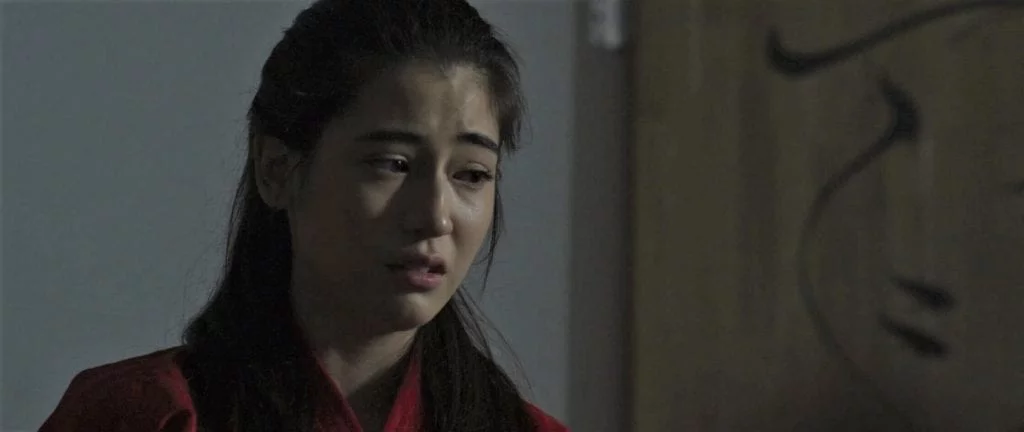
Most challenging? Working with the kids on set. I cannot tell you how many times we were about to start filming, and they forgot their lines. Since most do not have acting experience, prioritizing going home and memorizing lines for the next shoot is a no-go. I kept thinking, “How am I going to do this.” That said there is an upside to kids not remembering lines to a T. Because they knew the context of the scenes, they would say things off the cuff that actually ended up being better than what was originally on the script.
When do story ideas usually hit you?
From real life experiences, things I genuinely believe in and am passionate about. If you do not care about the subject, it is not going to work.
What do you enjoy most about filmmaking?
The second everything finally comes together. After hours and hours of planning, strategizing, filming, and editing to seeing it brought to life is a great feeling.
I also enjoy the fact that after you are gone, you have left something behind that is an essence to who you are and something you believe in.
What is your favorite part of the editing process?
Being able to create scenes that went beyond the pages not initially in the script.
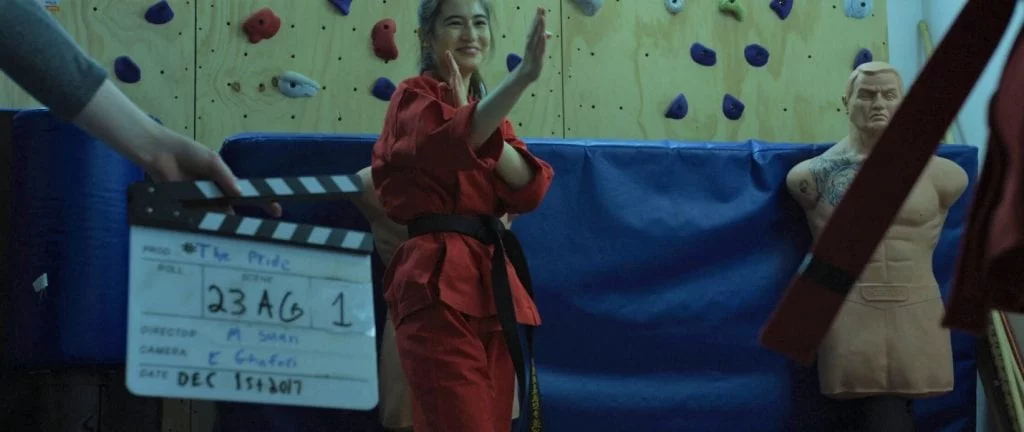
What is a common myth about filmmaking?
That filmmaking is organized. From the biggest productions to independent production – always chaos. At any time, the director can pick up a camera and say, “I see something get ready to shoot.”
What are your three favorite movies of all time?
- Double life of Veronique
- Blade Runner (the original)
- Ashes of Time
Why edit The Pride on a Lenovo workstation?
The Lenovo ThinkStation P Series are beasts. They are really the best that money can buy for content creators in the PC realm. They run Red and Alexa footage easily and my film mastered at 5K, which is insane considering we had one workstation. I cannot see any other workstations being as reliable and tech friendly to content creators as ThinkStation.
Where can we see The Pride?
Eventually The Pride will be available to watch on Netflix and/or Amazon Prime. We are thinking in about six months, so October 2019.
